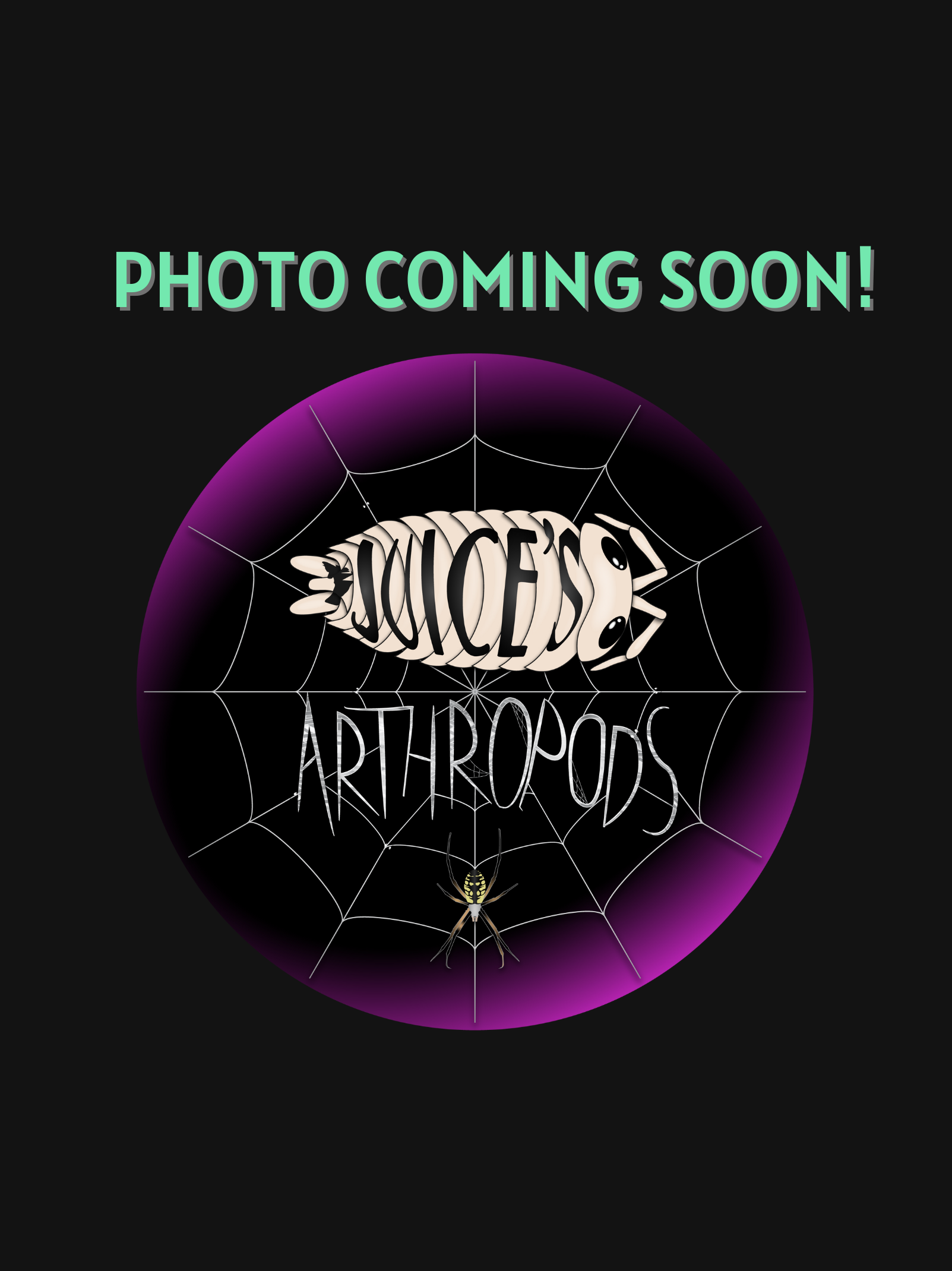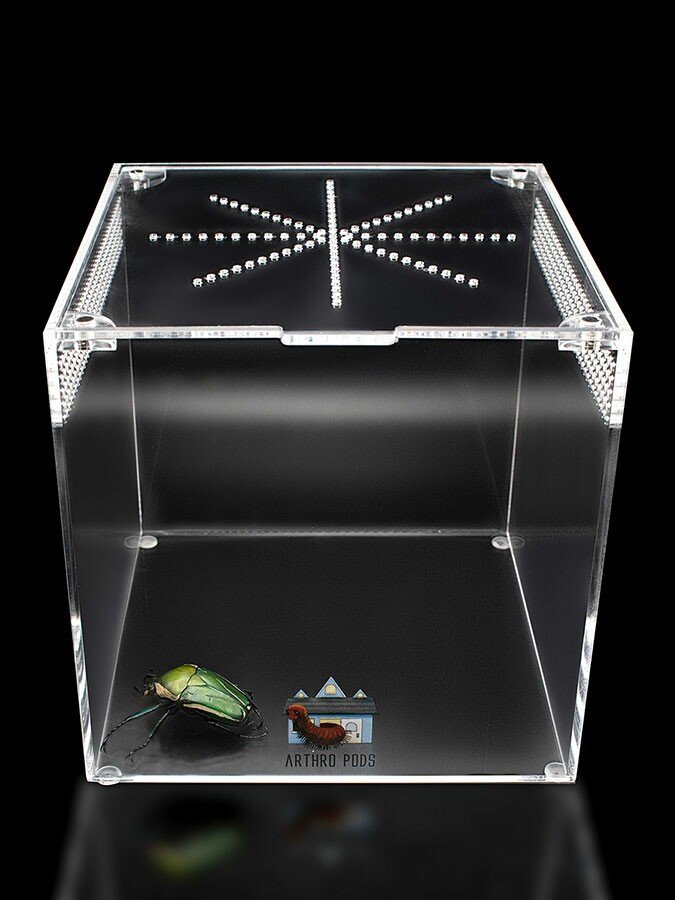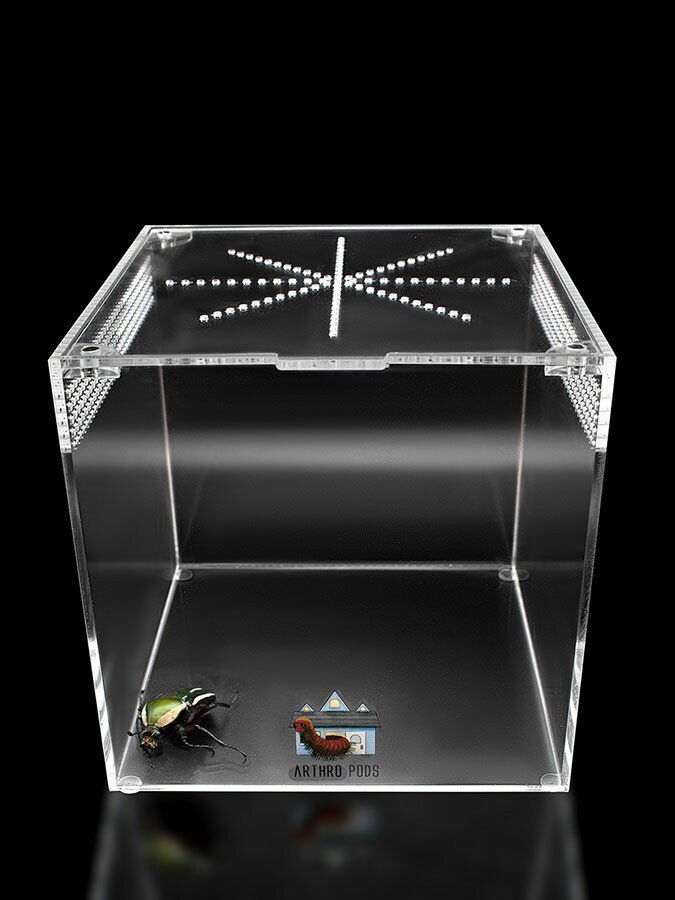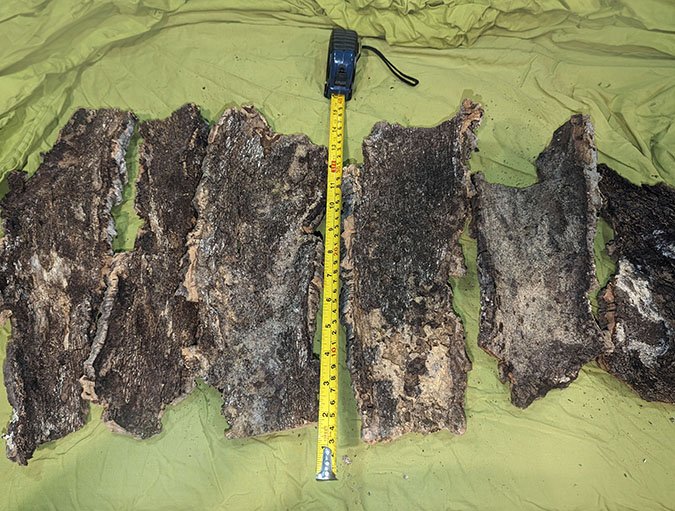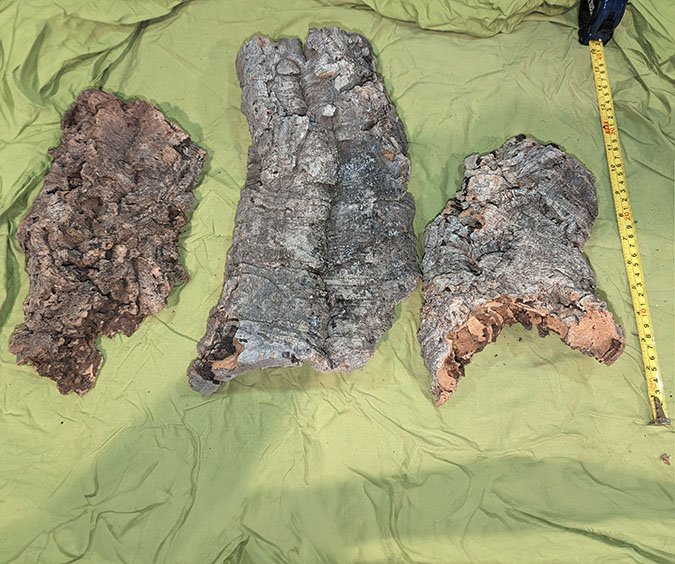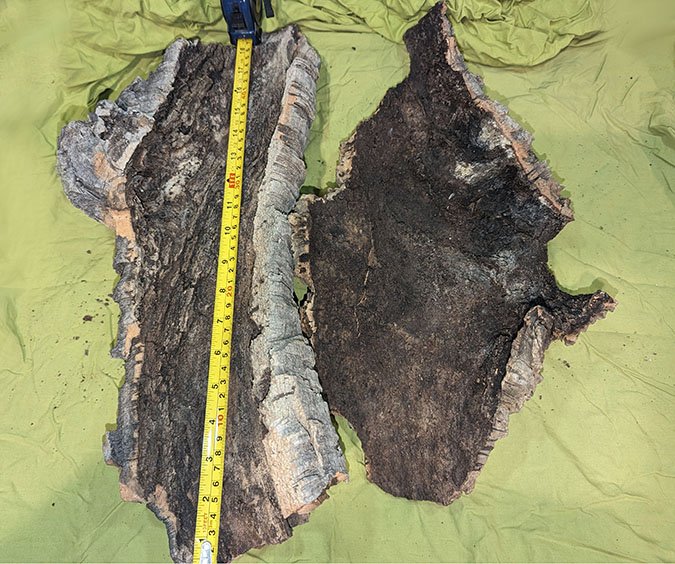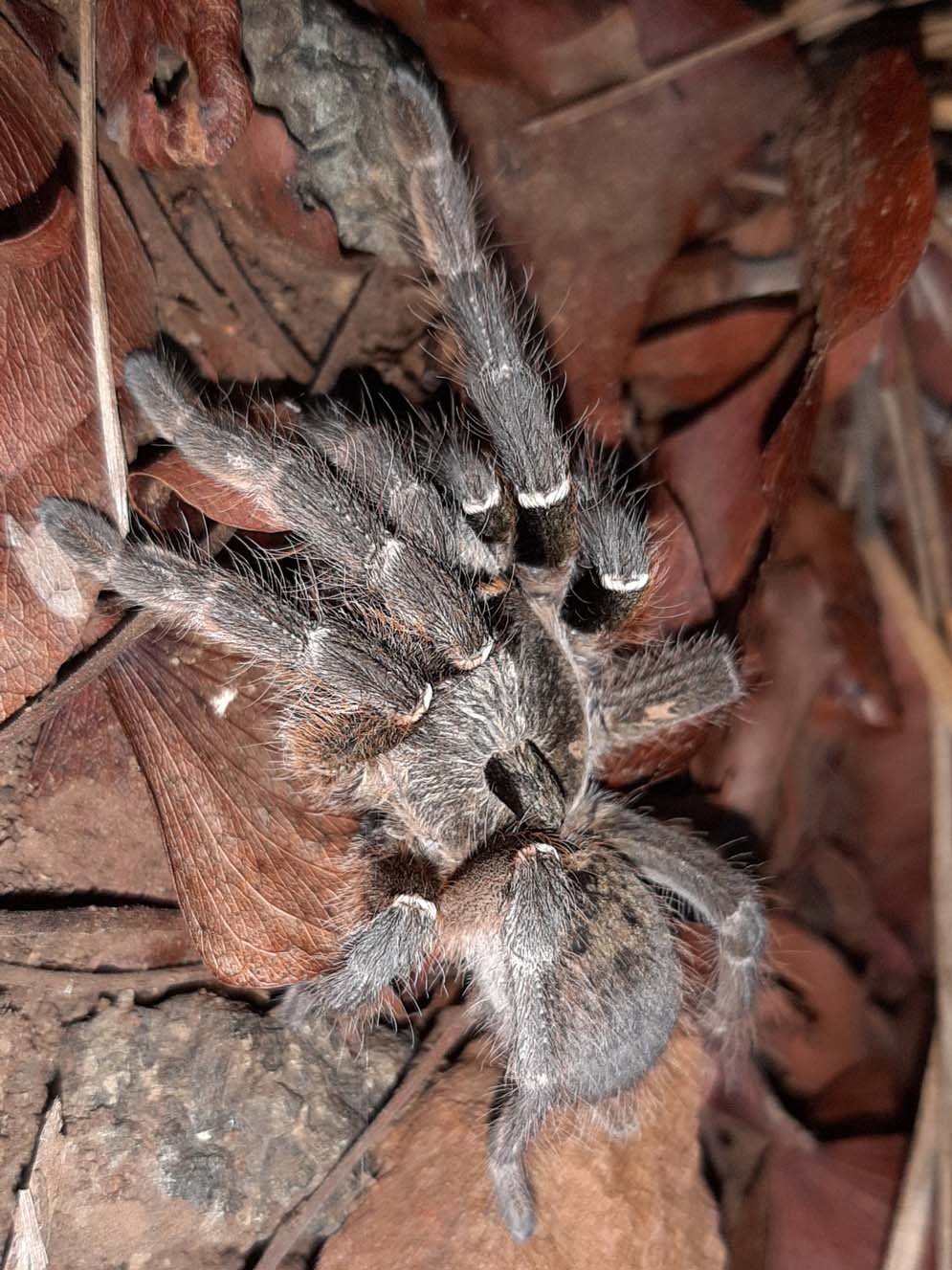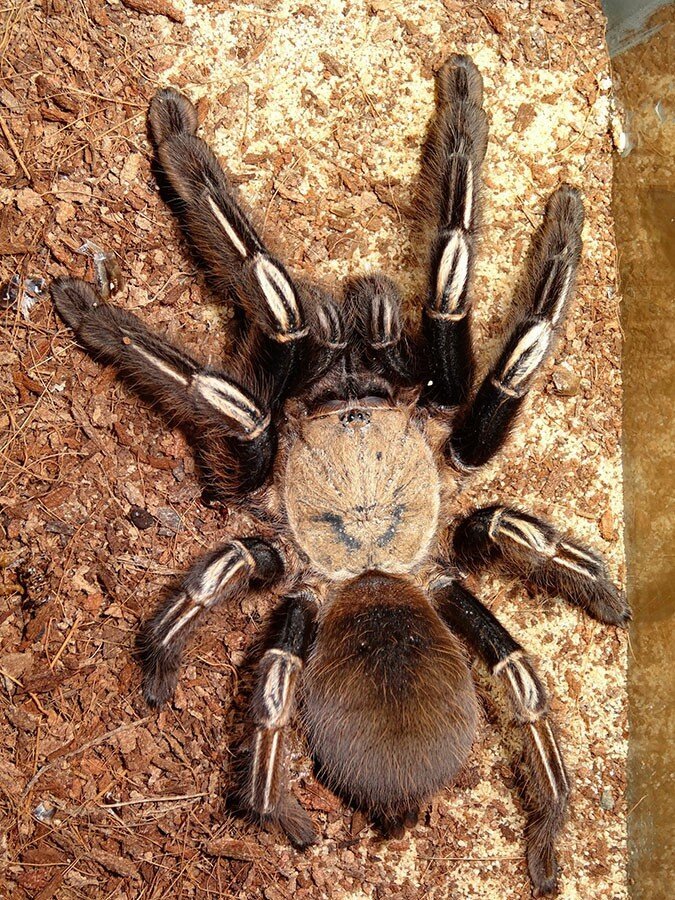Eucratoscelus pachypus
Eucratoscelus pachypus, commonly known as the Stout Leg Baboon Tarantula, is a robust, fossorial Old World species native to the dry savannahs of Tanzania. It is renowned for its massively thickened, brush-like back legs, which are especially pronounced in females. These unique “stout legs” give the spider its common name and unmistakable silhouette, setting it apart from all other African baboon tarantulas.
This species displays a two-toned appearance: a darker brown to black carapace and abdomen, paired with velvety tan to ochre-colored legs, with females being more dramatically marked than males. The thickened back legs are not just ornamental—they’re likely used for digging, defense, and possibly mating posturing, adding to the tarantula’s unusual appeal.
A deep burrower and obligate fossorial species, E. pachypus spends most of its life underground. It creates long, stable tunnels and silk-lined retreats beneath the surface and may only emerge occasionally to feed. Though not typically aggressive, this tarantula is extremely defensive when disturbed and can deliver a painful bite due to its potent Old World venom.
Eucratoscelus pachypus, commonly known as the Stout Leg Baboon Tarantula, is a robust, fossorial Old World species native to the dry savannahs of Tanzania. It is renowned for its massively thickened, brush-like back legs, which are especially pronounced in females. These unique “stout legs” give the spider its common name and unmistakable silhouette, setting it apart from all other African baboon tarantulas.
This species displays a two-toned appearance: a darker brown to black carapace and abdomen, paired with velvety tan to ochre-colored legs, with females being more dramatically marked than males. The thickened back legs are not just ornamental—they’re likely used for digging, defense, and possibly mating posturing, adding to the tarantula’s unusual appeal.
A deep burrower and obligate fossorial species, E. pachypus spends most of its life underground. It creates long, stable tunnels and silk-lined retreats beneath the surface and may only emerge occasionally to feed. Though not typically aggressive, this tarantula is extremely defensive when disturbed and can deliver a painful bite due to its potent Old World venom.
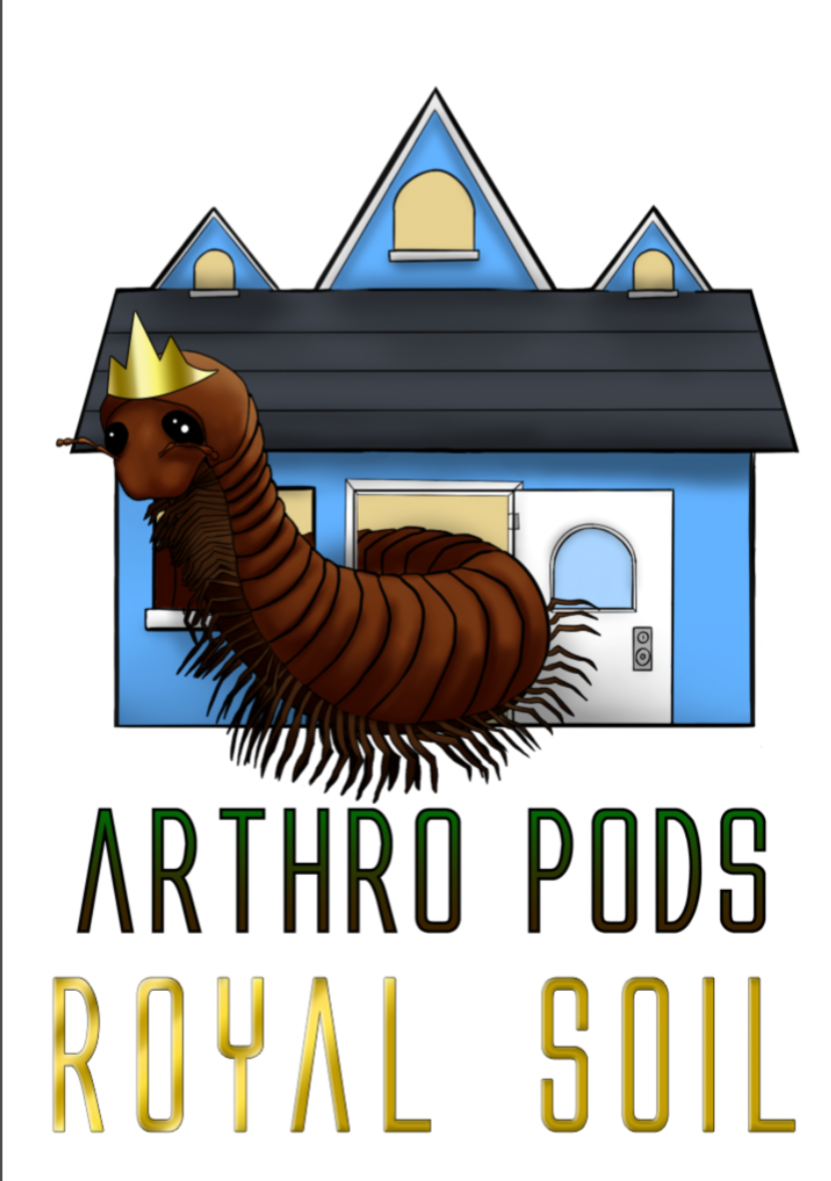

Eucratoscelus pachypus, commonly known as the Stout Leg Baboon Tarantula, is a robust, fossorial Old World species native to the dry savannahs of Tanzania. It is renowned for its massively thickened, brush-like back legs, which are especially pronounced in females. These unique “stout legs” give the spider its common name and unmistakable silhouette, setting it apart from all other African baboon tarantulas.
This species displays a two-toned appearance: a darker brown to black carapace and abdomen, paired with velvety tan to ochre-colored legs, with females being more dramatically marked than males. The thickened back legs are not just ornamental—they’re likely used for digging, defense, and possibly mating posturing, adding to the tarantula’s unusual appeal.
A deep burrower and obligate fossorial species, E. pachypus spends most of its life underground. It creates long, stable tunnels and silk-lined retreats beneath the surface and may only emerge occasionally to feed. Though not typically aggressive, this tarantula is extremely defensive when disturbed and can deliver a painful bite due to its potent Old World venom.
What's the ideal diet for a Stout Leg Baboon Tarantula?
All Tarantulas can eat a variety of feeders. Stick to crickets, dubia roaches, silkworms, horned worms occasionally, and a superworm or mealworm as the occasional treat!
How should I keep a Stout Leg Baboon Tarantula?
You can start with the Fossorial Fissure Small enclosure for this particular creature. When they are about ⅓ the size, you will want to go to the Fossorial Fissure Medium or Fossorial Fissure Large enclosure. Feed them as slings once a week, twice if their opisthosoma (abdomen) looks small, but if the opisthosoma is wider than their prosoma (pneumothorax), then wait a couple of days to feed. For juveniles or adults, stick to feeding once a week, nothing larger than their opisthosoma. Make sure to keep a full water dish at all times; wider and deeper is preferred.
How long could a Stout Leg Baboon Tarantula live?
Females are believed to live upwards of 15+ years, and males not exceeding around 4 years of age. All estimates are based on multiple sources.


